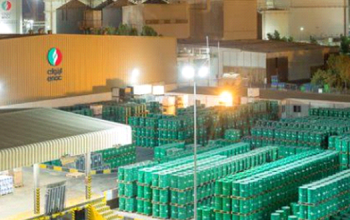Long-term planning for sustainable property development is essential for creating environmentally responsible, economically viable, and socially inclusive built environments that meet the needs of present and future generations. In sustainable development, real estate developers Dubai focus on balancing economic growth with environmental protection and social equity, integrating principles of environmental stewardship, resource efficiency, and community well-being into every stage of the development process.
Key principles of sustainable property development
Environmental stewardship: Incorporating green building practices, renewable energy sources, and efficient resource management minimizes environmental impact and improves resilience to climate change. Sustainable design considers site selection, water conservation, energy efficiency, and waste reduction to mitigate carbon emissions and preserve natural habitats.
Social equity and community engagement: Promoting social equity entails creating inclusive communities that consider accessibility, safety, and affordability for residents of diverse socioeconomic backgrounds. Engaging with stakeholders, addressing community needs, and incorporating public amenities nurture social cohesion and support sustainable urban development goals.
Strategies for long-term sustainability
Inclusive planning and design – Integrating sustainable design principles from project inception ensures efficient land use, optimized building orientation, and passive design strategies that improve natural ventilation and daylighting. Utilizing BIM (Building Information Modeling) facilitates collaborative design, improves decision-making, and minimizes construction waste.
Resource efficiency and conservation – Implementing energy-efficient HVAC (heating, ventilation, air conditioning) systems, LED lighting, and water-saving fixtures reduces operational costs and environmental impact. Sustainable landscaping, rainwater harvesting, and greywater recycling contribute to water conservation and ecosystem preservation.
Adaptive reuse and circular economy – Embracing adaptive reuse of existing structures and materials promotes resource conservation and minimizes waste generation. Incorporating principles of the circular economy, such as materials recycling, upcycling, and lifecycle assessment, reduces environmental footprint and supports sustainable consumption and production practices.
Public transportation and mobility – Improving connectivity with public transit, pedestrian-friendly infrastructure, and bicycle lanes reduces dependency on private vehicles, alleviates traffic congestion, and promotes sustainable mobility options. Access to amenities, healthcare facilities, and educational institutions improves quality of life and supports community well-being.
Long-term planning for sustainable property development integrates environmental stewardship, economic viability, and social equity to create resilient, vibrant communities. By embracing sustainable design practices, resource efficiency, and community engagement, developers contribute to sustainable urban growth, mitigate climate impacts, and promote inclusive development that improves quality of life for current and future generations.



